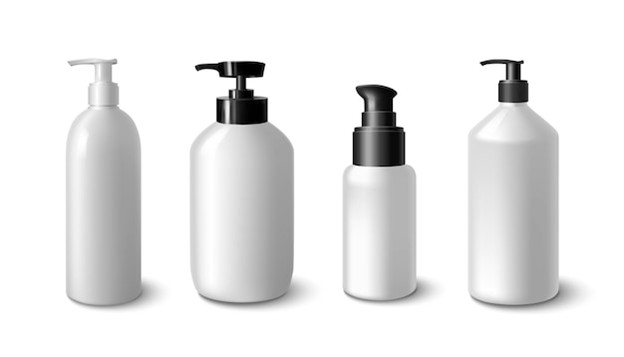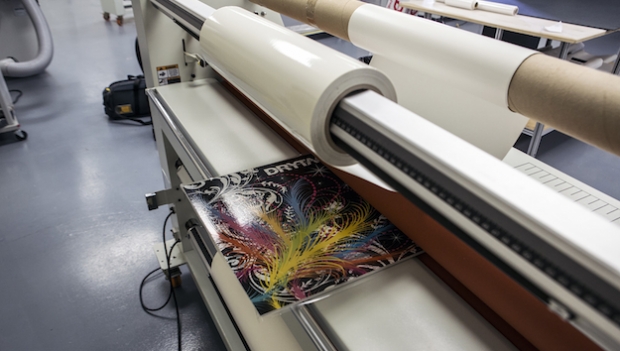A plastic water bottle may take hundreds–or even thousands–of years to degrade in a landfill. A new conceptual design for a water bottle is at the opposite extreme: Immediately after you drink it, it starts to fall apart. And if you don’t want to throw the bottle away, you can eat it.
The bottle is made from agar, a powder made from algae. When it’s mixed with water, it turns into a jelly-like material that can be molded into shapes–like a bottle.
“What makes this mix of algae and water an interesting solution is the lifespan of the bottle,” says Ari Jónsson, a product design student at Iceland Academy of the Arts, who created the experimental bottle. “It needs to contain liquid to keep its shape and as soon as it’s empty it will start to decompose.
” The bottle also has another unusual advantage over plastic–it naturally stays cool, even in hot weather.
In its current version, the design has some obvious practical challenges, like whether it would actually last on the shelf of a store. “This project is still only in the beginning stages and there are so many things that have to be looked at closely,” he says. “One big challenge to look at is how the bottles tear up easily.
They are like paper in that sense that if it gets a little cut it will keep ripping apart rather easily.” The material is edible, though Jónsson admits that you probably would only want to eat it if you whipped up a batch of bottles at home, and not if a bottle’s been sitting in a store. The taste is a little odd. “It’s hard to describe,” he says. “I could say it’s like seaweed jello but I don’t think many people have tasted something like that.”
You’d also probably need to be need a compost bin to dispose of it the best way, since even biodegradable materials don’t biodegrade well in the landfill. “Even food takes a very, very long time,” says Susan Selke, professor and director of the School of Packaging at Michigan State University. “When you’re thinking of this algae-based water bottle, let’s say it’s every bit as biodegradable as an ear of corn. It’s still going to be in the landfill for a very long time.”
“I can’t claim that this is the perfect solution for our problem with plastic bottles,” says Jónsson. “But it’s a start and an idea that hopefully helps us to look at new ways to solve the problem … Switching to reusable bottles is also great, but that will have its pros and cons, just like my project, the more ways we can tackle this issue the better.”
It’s clear that some type of alternative to plastic bottles is needed. Just making the bottles requires millions of barrels of oil, and produces million of tons of carbon dioxide. Though the number of water bottles that are recycled is inching upward (in the United States, the rate had climbed to 31% by 2014) billions of bottles still end up in landfills each year.
“We should ask ourselves, why are we using materials that take hundreds of years to break down in nature to drink from once and then throw away,” says Jónsson.







